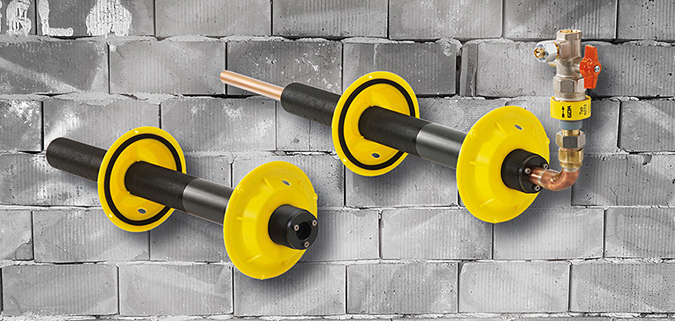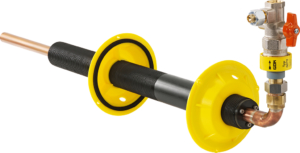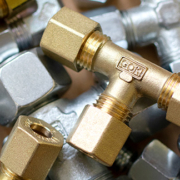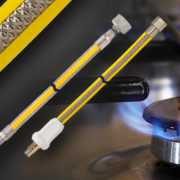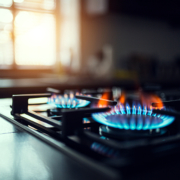How do I install a wall duct above-ground for an LPG system?
The initial situation: The LPG tank is outside the building, the gas equipment is inside. The problem: In order to connect both with each other, we have to go through the house wall in one place. The solution: a wall duct for the piping – if necessary even with integrated main shut-off device.
The Technical Rules for LPG (TRF) say, under point 7.2.12 “House lead-ins”:
“For house lead-ins above the soil, piping can be guided through the outside wall of the building with a protective pipe.”
The TRF specifies this in more detail under point 7.3.3 and also shows an example of a “manufactured house lead-in”.
No undesired fiddling around at the wall duct
Theoretically, you could also create a core bore and lead a protective pipe through the wall. The disadvantage here: Depending on the professional skills, the whole thing can quickly turn into fiddling around – and this should be avoided in any case when it comes to handling LPG.
GOK offers a wall duct for installing a neat solution which is tried and tested in practice. The installation requires a core drill hole in the wall with a diameter of over 50 and a maximum of 110 millimetres.
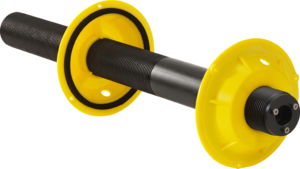
With the wall duct marketed by GOK for LPG piping, you will meet the requirements from the Technical Rules for LPG (TRF).
The same work step inside and outside
Then, slide the pre-assembled plastic protective pipe through this bore and tighten the flange against the inside of the wall. Then, perform the same work step for the outside: Attach the flange to the house wall and fix it in place.
At each of the flanges, you will find a filling opening, which becomes important in the next step. Now you have to seal the space between them, for example with silicone or another suitable filler. This is how you insert the protective pipe firmly into the masonry.
Completion of the work
Now push the pipe seal at the outside onto the copper pipe and tighten it. Once this is done, you can attach the shrinking hose to the copper pipe. The last two steps: connect the gas supply line and “shrink” the shrinking hose.
Including main shut-off device
If LPG leaks out of the system in an uncontrolled manner, which we hope will not happen, the operator or craftsperson must be able to close the line quickly and easily. This is possible with a main shut-off device, which is already combined with the wall duct in a certain design with copper pipe and, incidentally, this is also required by the TRF. This saves the fitter one work step.
Note
Please observe our note that the work on the system described above may only be carried out by a qualified person.
